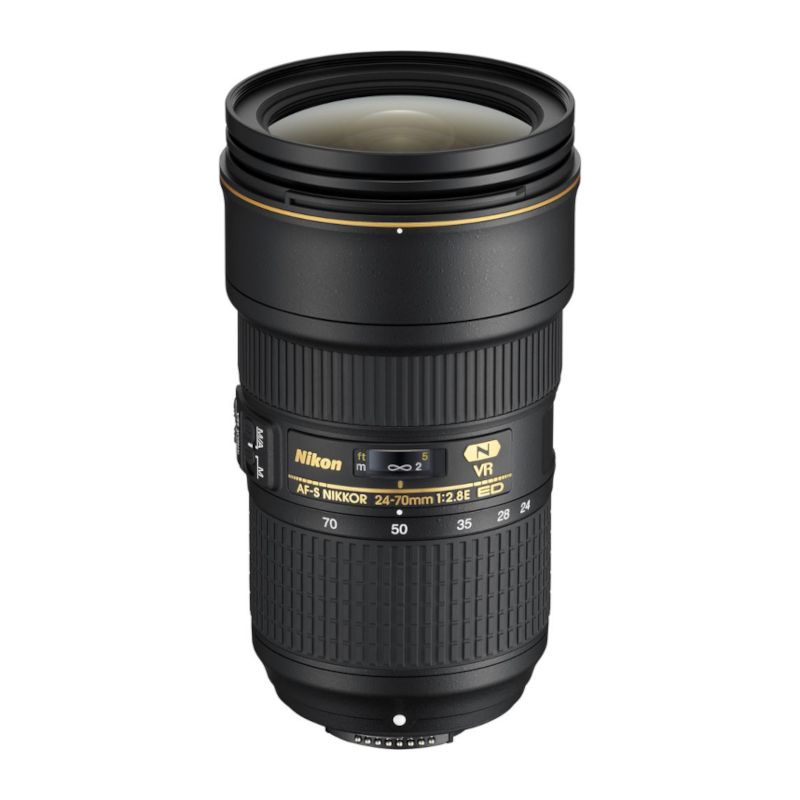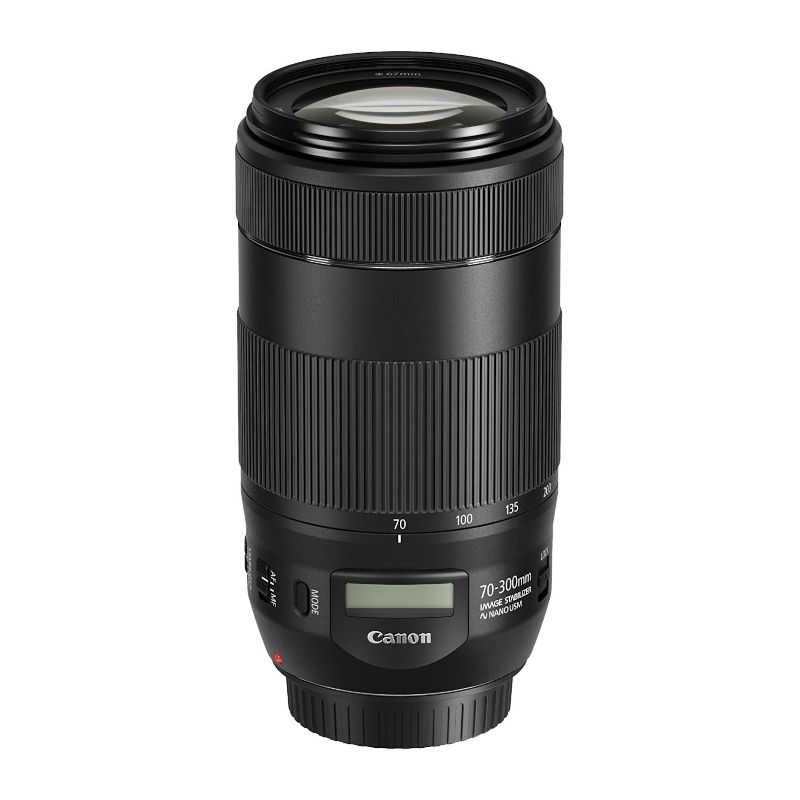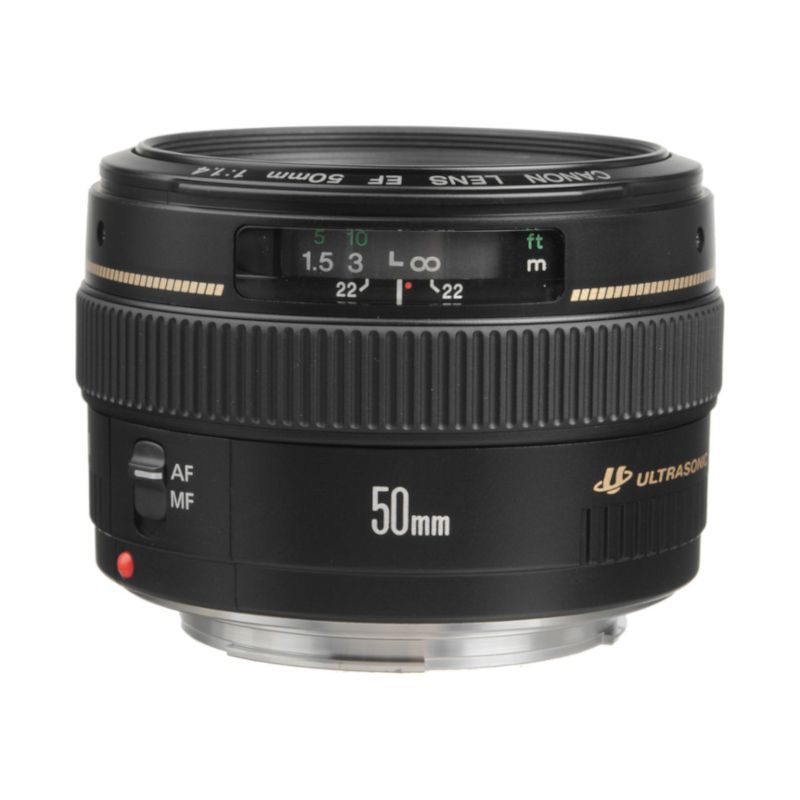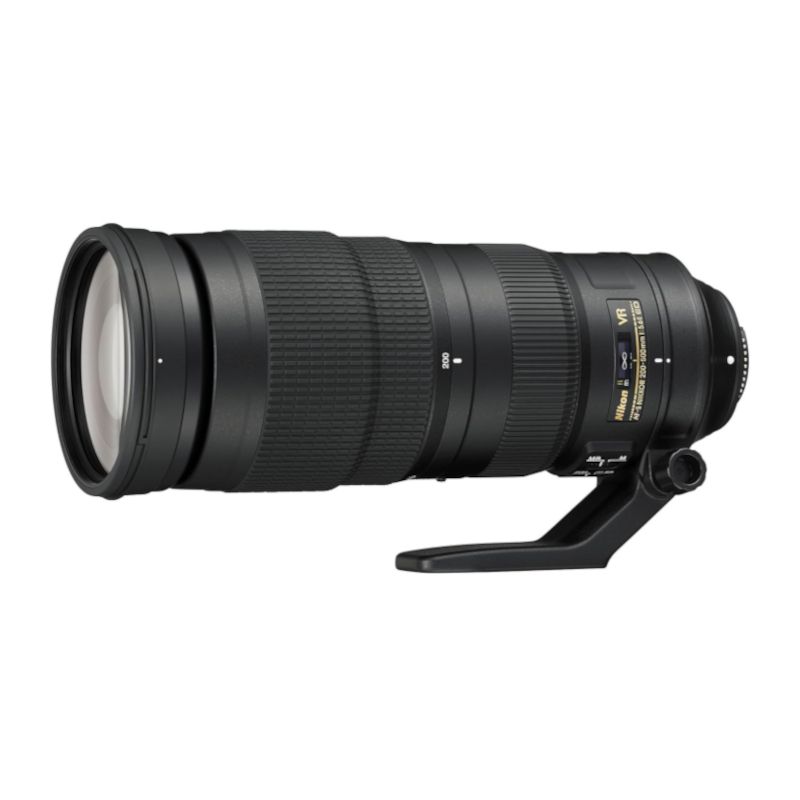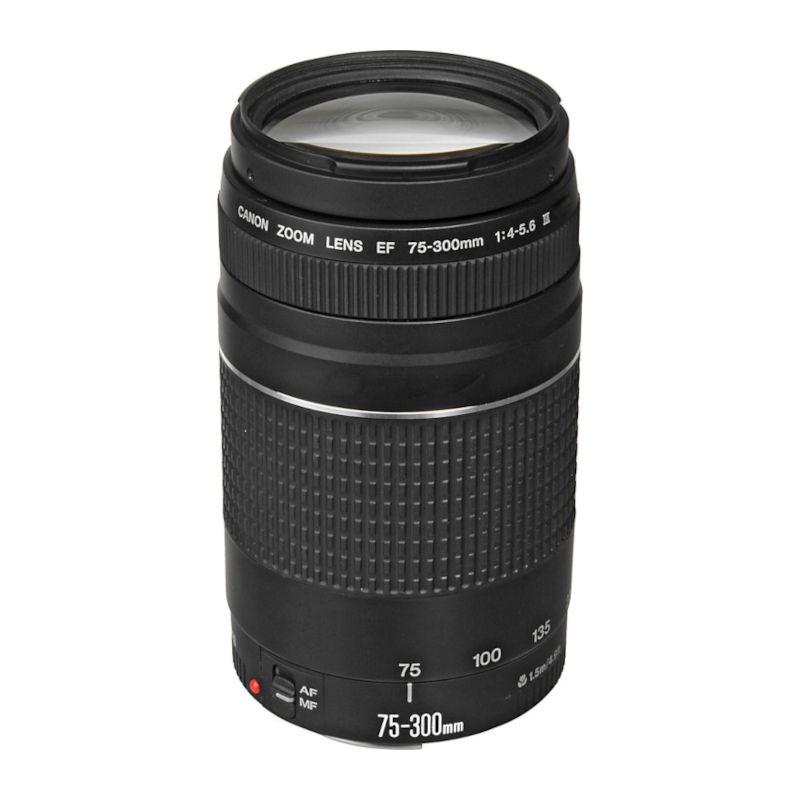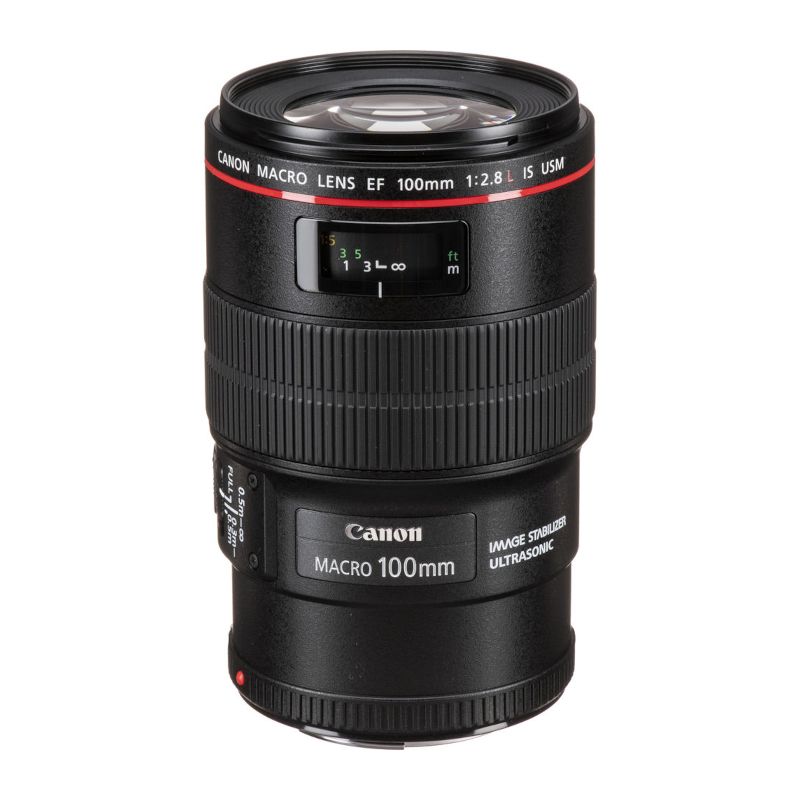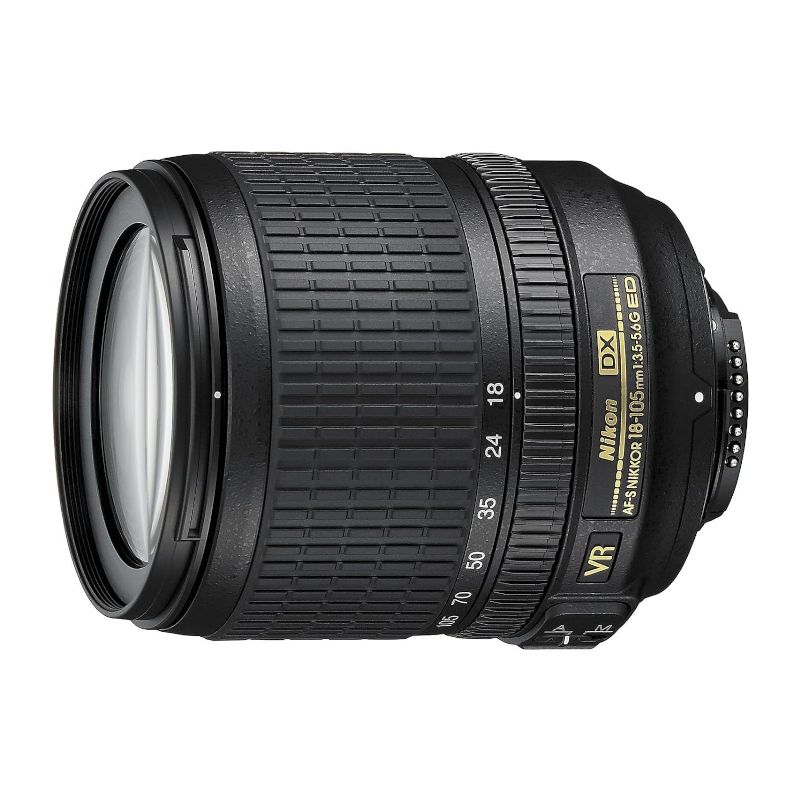We've been admirers of DSLR cameras since their inception, and they've only gotten better with time. Improvements in software, hardware, and optics have birthed an entire generation of professional-grade DSLR cameras and lenses. In fact, DSLR lenses are some of the best in the biz, as you'll find them in many a professional's camera kit. Fast and sharp, these modern lenses can be used for filmmaking, wildlife photography, and action shots. But as with all things, some lenses are better than others. You'll have to compare the options to make sure your money is wellspent.
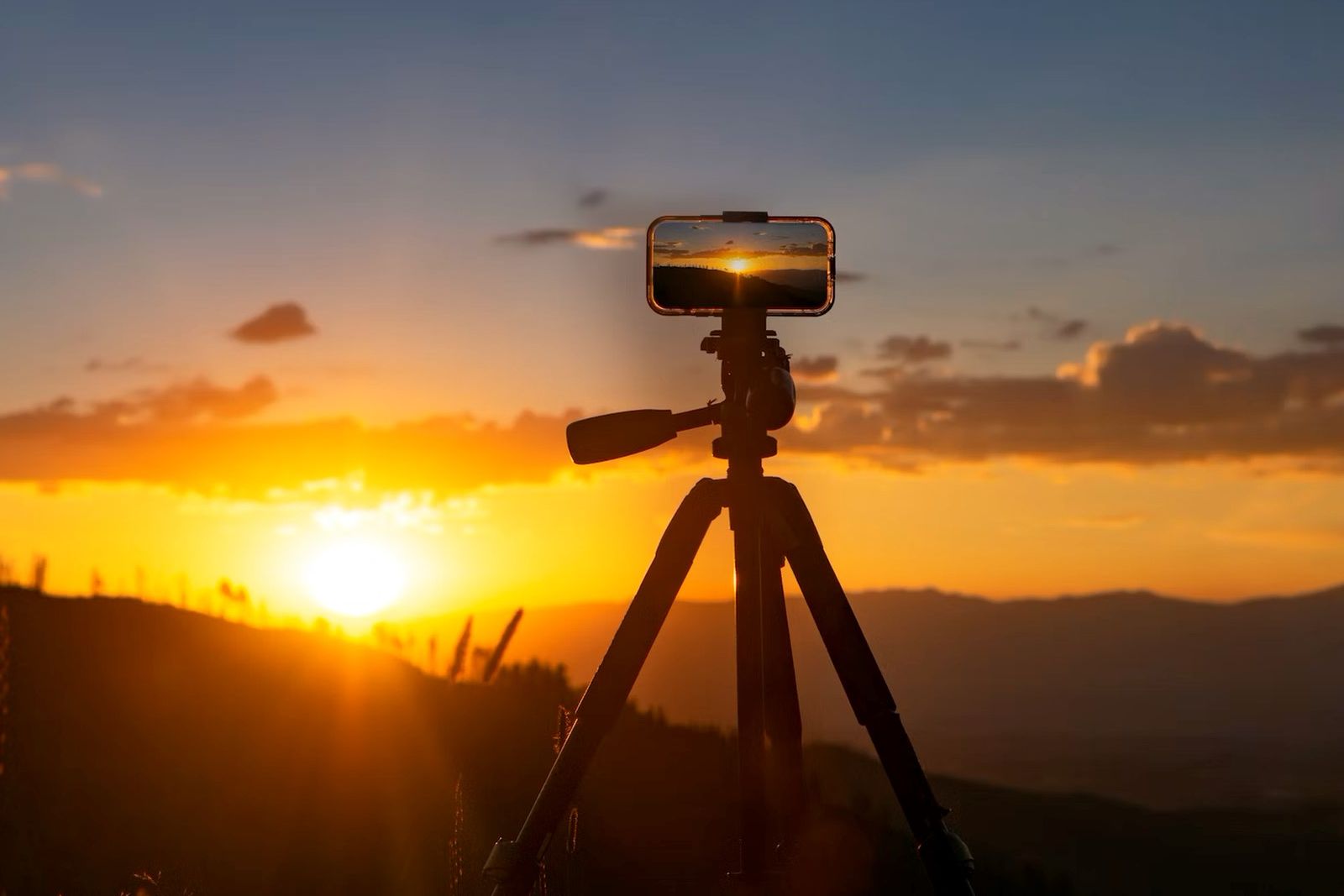
How I take astrophotography with my phone and 4 gadgets that help
Capturing the night sky with a phone might seem impossible, but there are a few tricks that can make it happen. Here, we present our expert insights.Here at Pocket-lint, we know cameras. Our team is composed of professional photographers, tech nerds, and veteran filmmakers, so we decided to combine our collective wisdom to compile this list of the best DSLR lenses. We considered value for the price, quality of the hardware, clarity of the optics, and any additional features like autofocusing and stabilization. Read on to discover our top recommendations.
-
Nikon AF-S NIKKOR 24-70mm f/2.8E ED VR Lens
Best overall lens for DSLR cameras$1597 $2097 Save $500Even when we factored in price, the Nikon AF-S Nikkor mount lens still came out on top. It certainly earns its premium price, with an advanced vibration reduction system of up to 4 stops and a "Silent Wave Motor" for extremely fast and accurate autofocus. Speaking of fast, its maximum aperture of f/2.8E helps boost the sharpness of your shots in low lighting, and the 24-70mm focal range adds to its versatility. It's a jack of all trades, and well-worth the investment for those that want to take their photography to the professional level.
-
Canon EF 70-300mm is II USM f/4-5.6 Zoom Lens
Best DSLR camera zoom lensFor Canon fans, this EF-mount zoom lens is the cream of the crop. With a focal range of 70-300mm, it can deliver mid-range to telephoto shots with the smooth twist of a ring. It also has something called "NANO USM technology," which basically means silent, fast, and reliable autofocusing. The stabilization tech is equally impressive, using Canon's IS system to deliver up to 4 stops of correction. Conveniently, this lens hosts a small digital display to indicate all the different settings in play.
-
Canon EF 50mm f/1.4 USM Lens
Best "nifty fifty" 50mm DSLR camera lens$349 $399 Save $50Every camera kit should have a nifty fifty on hand, and this EF-mount Canon lens is the perfect pick. With a maximum aperture of f/1.4, it's about as fast a lens as you can get. It also has excellent autofocusing, which can be turned on easily with a simple switch. But where this Canon lens really shines is in its optics. It incorporates a "Gaussian optics design," something that helps eliminate aberrations and distortion to deliver extremely sharp images with life-like colors.
-
Nikon AF-S FX NIKKOR 200-500mm f/5.6 Zoom Lens
Best DSLR camera lens for action shots$1057 $1397 Save $340There's a reason this Nikon lens made it onto our list of the best lenses for action photography. It's a beast of a zoom lens, with a 200-500mm focal range and an f/5.6E aperture. Switch it to "sports mode," and you can utilize the 4.5 stops of stabilization. Nikon calls their in-lens stabilization Vibration Reduction (VR), but whatever you call it, it works like magic. And although the price is pretty steep, it's actually a bargain when you consider the pro-grade design and construction of this action-ready F-mount lens.
-
Canon EF 75-300mm f/4-5.6 III Lens
Best telephoto DSLR camera lensWhen it comes to telephoto lenses, Canon is king. The EF-mount lens fully exemplifies this reputation, with a 75-300mm focal range that adapts to any situation. Its adaptability is largely in part to the quick-acting internal DC motor, which helps boost the speed of the autofocus, even while shifting between focal distances. The aperture is f/4 at its fastest, so it also excels in low lighting. Best of all, it comes at an astonishingly budget-friendly price.
-
Nikon AF-S Nikkor 50mm f/1.8G Lens
Best budget DSLR camera lens$197 $217 Save $20It's nearly impossible to find a lens this fast at a price this low. This Nikkor 50mm F-mount lens has an f/1.8G aperture, allowing you to crank that shutter speed up into the quadruple-digits. And though the extremely light weight might lead you to believe it's a bit flimsy, it's actually super durable and precisely manufactured. This is a boon for those looking for an everyday lens to grab and capture candid moments. The focus ring is smooth as butter, and the results are super sharp. And, of course, the price is a steal.
-
Canon EF 100mm f/2.8L Macro IS USM Lens
Best macro DSLR camera lens$1099 $1299 Save $200With a massive aperture of f/2.8L, this Canon EF lens is a macro made in heaven. The price is certainly out of most casual photographers' budgets, but it's well-worth the cost for those looking for 1:1 magnification in crystal-clear clarity. It also has a "minimum focus distance" of a mere 11.8 inches, letting you capture the details in flowers, human faces, and any other subject in the macro world. Add to that the Optical Image Stabilizer and weather-sealed construction, and you have one of the best lenses for getting up close and personal with your subject.
-
Nikon AF-S FX NIKKOR 200-500mm f/5.6E ED Zoom Lens
Best DSLR camera lens for filmmaking$265 $397 Save $132With high-end vibration reduction, quick and accurate autofocusing, and a fast maximum aperture of f/3.5, this Nikkor lens is built for the film studio. Indeed, it's our top pick for filmmakers, since the 18-105mm focal range covers the majority of cinematic framing. Such a large range also speaks to its versatility, and the vibration reduction and continuous autofocusing allow you to swap between tripod-mounted and handheld shooting. The price is accessible, as well.
What lenses are compatible with my DSLR camera?
You'll have to look up your camera's mount-type. For example, most DSLR Canon models have an EF mount, while most DSLR Nikon models have an F-mount. (In fact, the Nikon F-mount is the longest-enduring SLR mount in history, with over 60 years of production.)
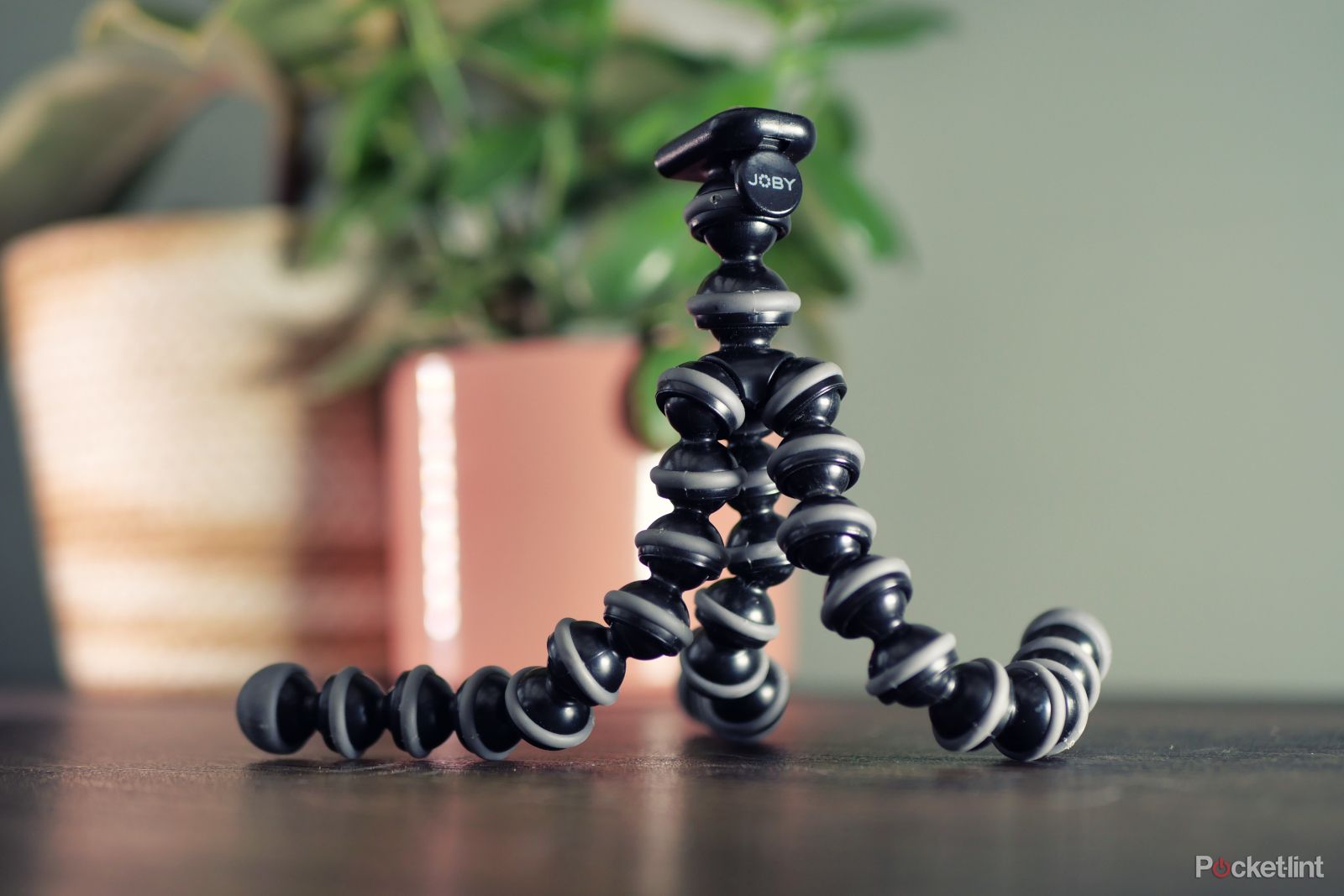
Best portable tripods: Compact picks to keep your camera steady on the go
These portable tripods fit in your bag and mobile lifestyle to capture the perfect pictures.You can use a lens converter to use lenses that don't match your camera's mount-type. You'll have to do your research, however, to see if the converter will crop your frame. Lens converters may also disable stabilization and autofocus features, so read all the details before you purchase.
Are mirrorless cameras better than DSLR cameras?
Mirrorless, full-frame cameras are all the rage these days, but DSLRs still have their benefits. For one, they have optical viewfinders. Some professionals consider optical viewfinders to be superior, since they may give a more accurate representation of the final shot. DSLR cameras are often more affordable, as well, and their 20-year market dominance bestowed them with a vast array of lens options and camera models.
However, the future looks mirrorless. Free of a mechanical mirror, these novel designs allow for faster frame rates, faster image processing, and faster continuous drives. They're also a bit more compact compared to DSLRs. A large reason mirrorless cameras have superior specs is because manufacturers have been pouring their efforts into them, while DSLR cameras are getting shouldered out of the game.
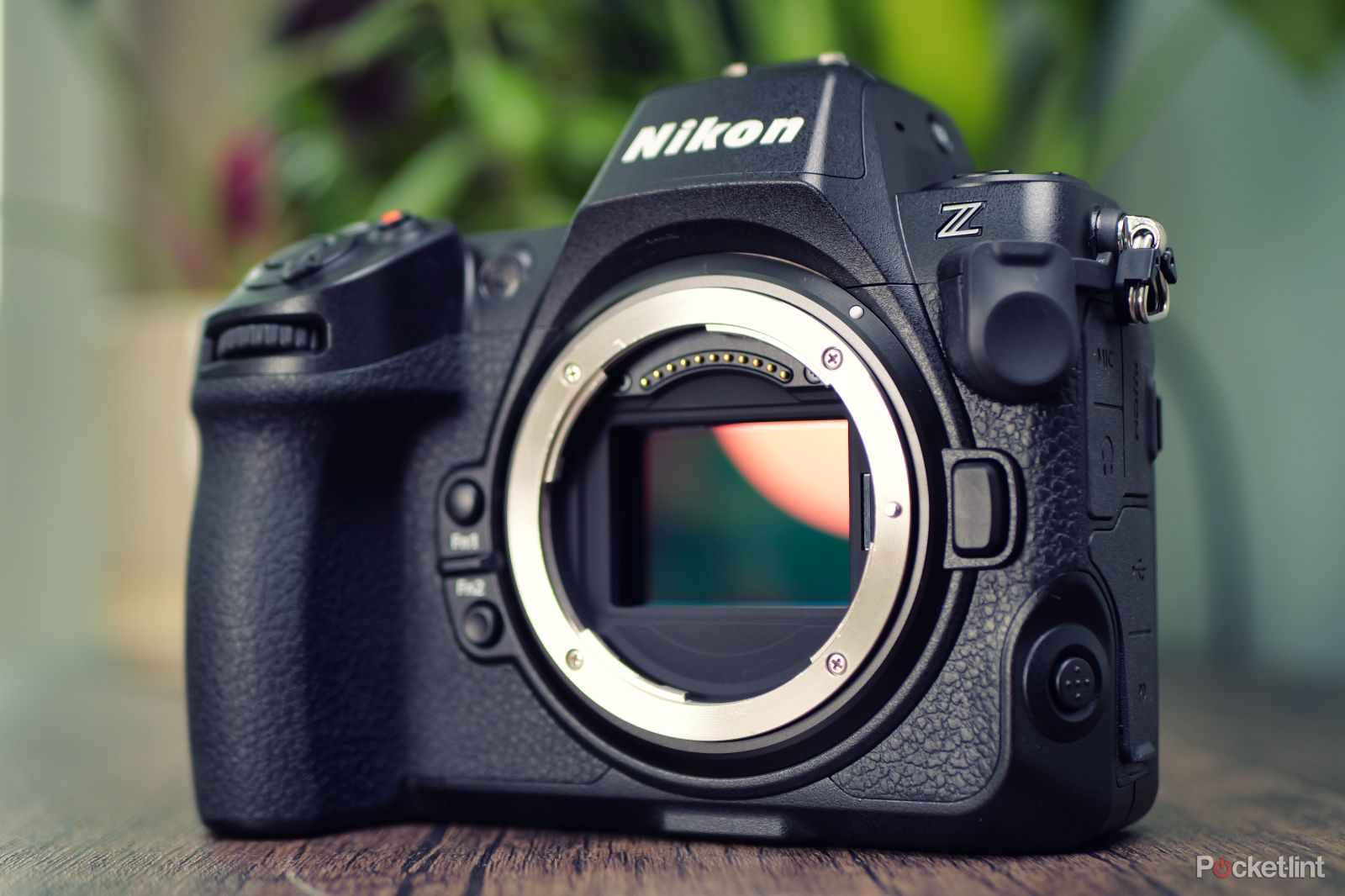
Best mirrorless cameras: Top interchangeable lens cameras from Sony, Canon, Panasonic and more
Mirrorless cameras are where it's at for both photographers and video makers alike, here are our favourites.Nonetheless, there's nothing wrong with a DSLR, and they're not obsolete yet. If you want an optical viewfinder, a greater number of options to choose from, and an affordable-yet-powerful camera, a DSLR will serve you well.
Vibration Reduction, Optical Image Stabilization, SteadyShot Image Stabilization — what's the difference?
These are all different names for the same thing: in-lens stabilization. It seems the different camera manufacturers didn't agree on a standard term for the technology, so we're left with a bunch of different ways to call a spade a spade. And yet, whatever you call it, in-lens stabilization functions the same way, regardless of the brand. A small sensor within the lens detects movement and physically shifts the optics to compensate, reducing motion blur, jitter, and shaky shots.
Of course, the quality of in-lens stabilization varies between models. You can judge the strength of a particular lens' stabilization system by searching for its CIPA rating. This is given in stops, and it essentially translates to the number of times slower you can make the shutter speed before motion blur becomes noticeable.

